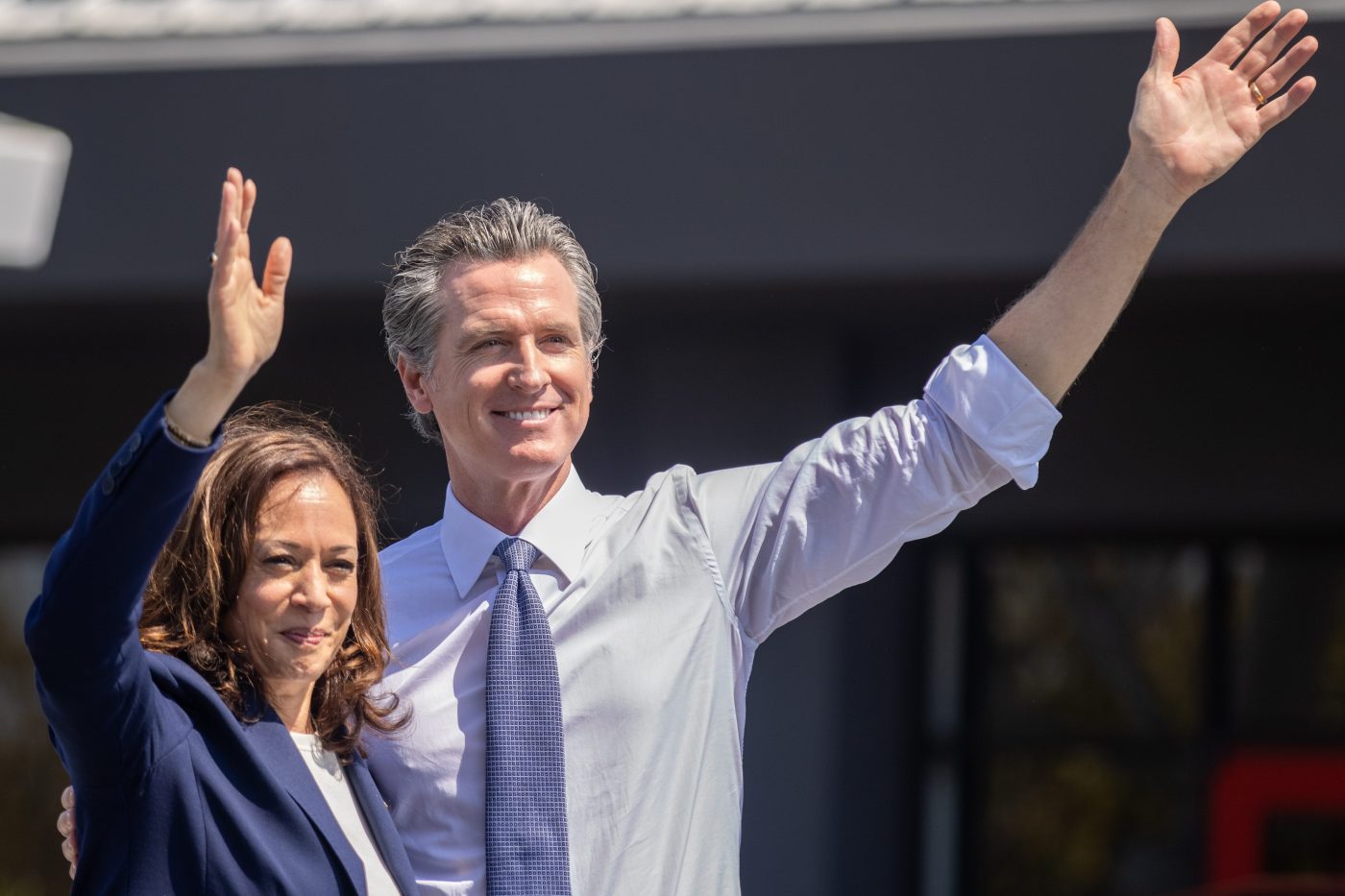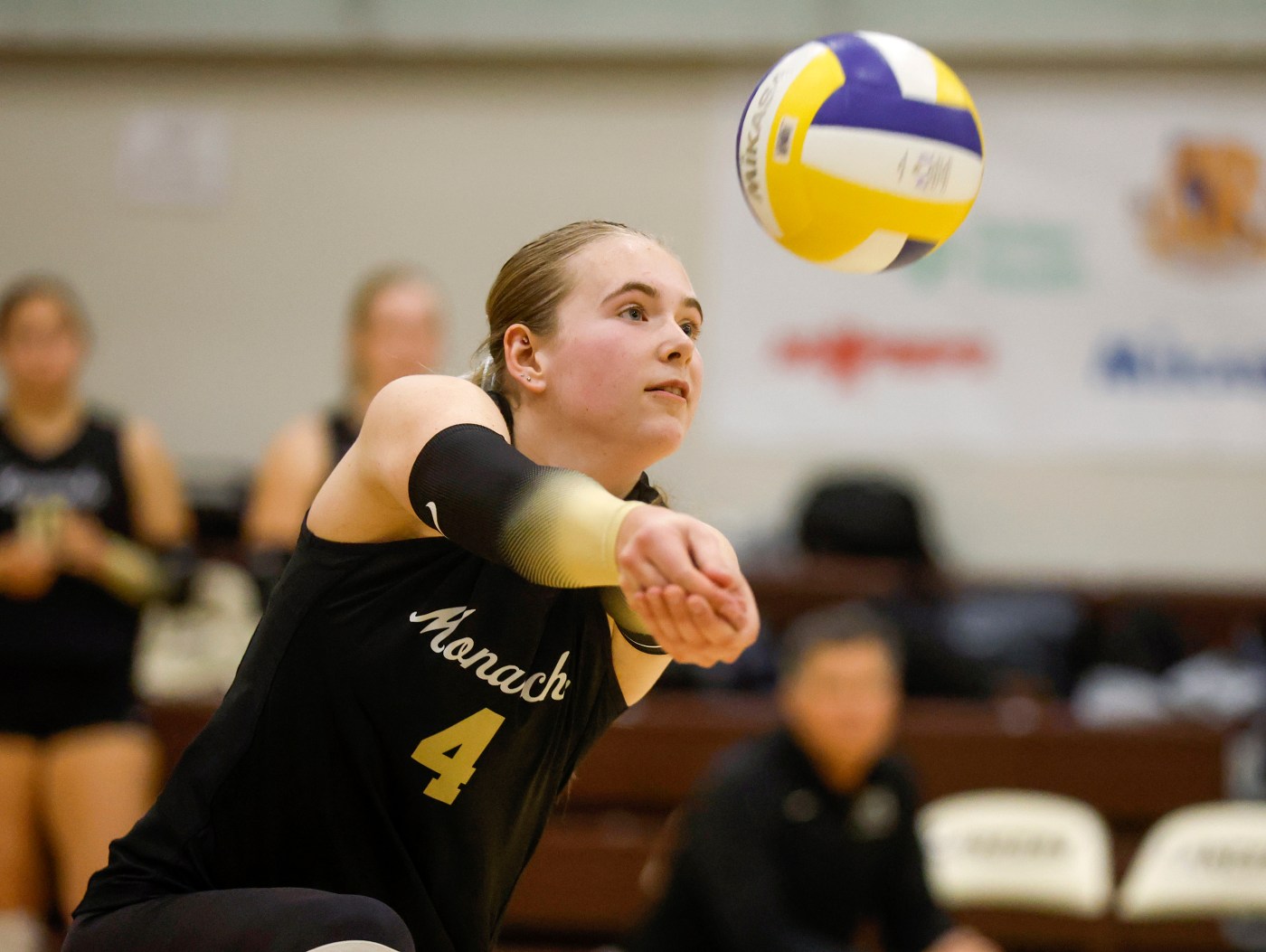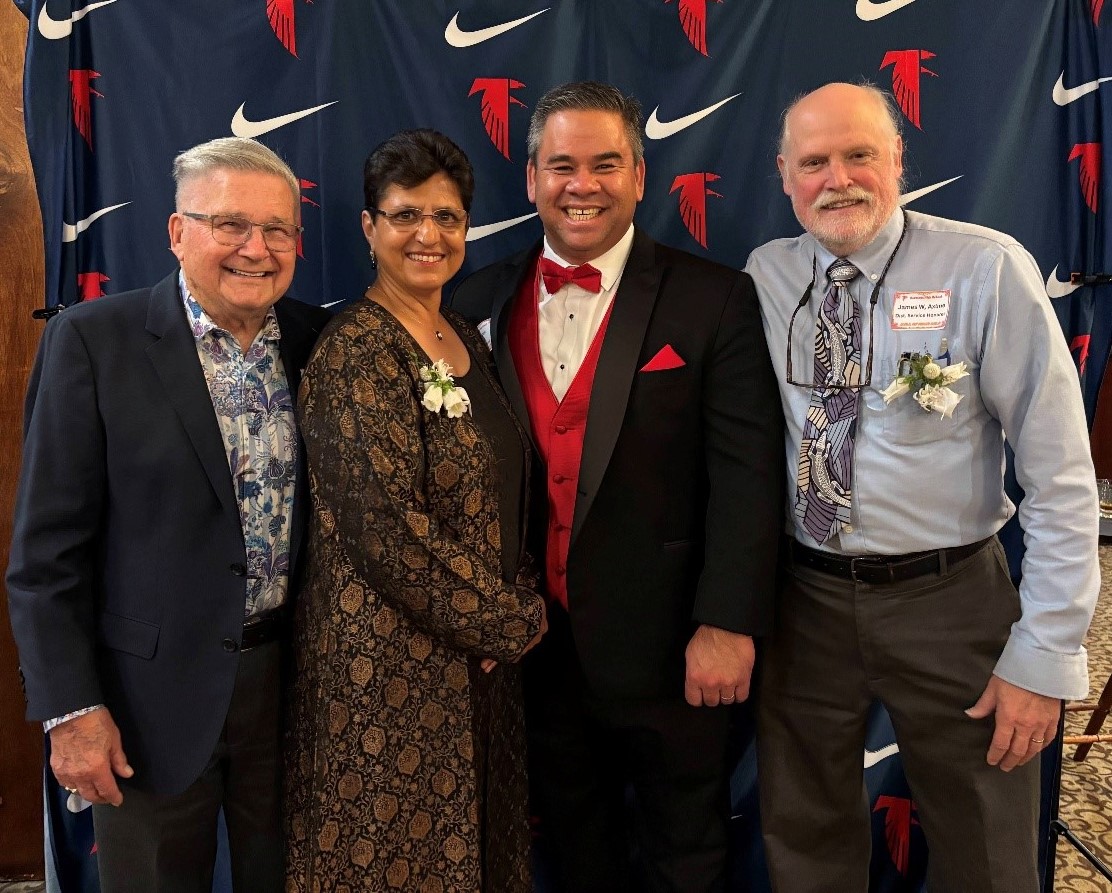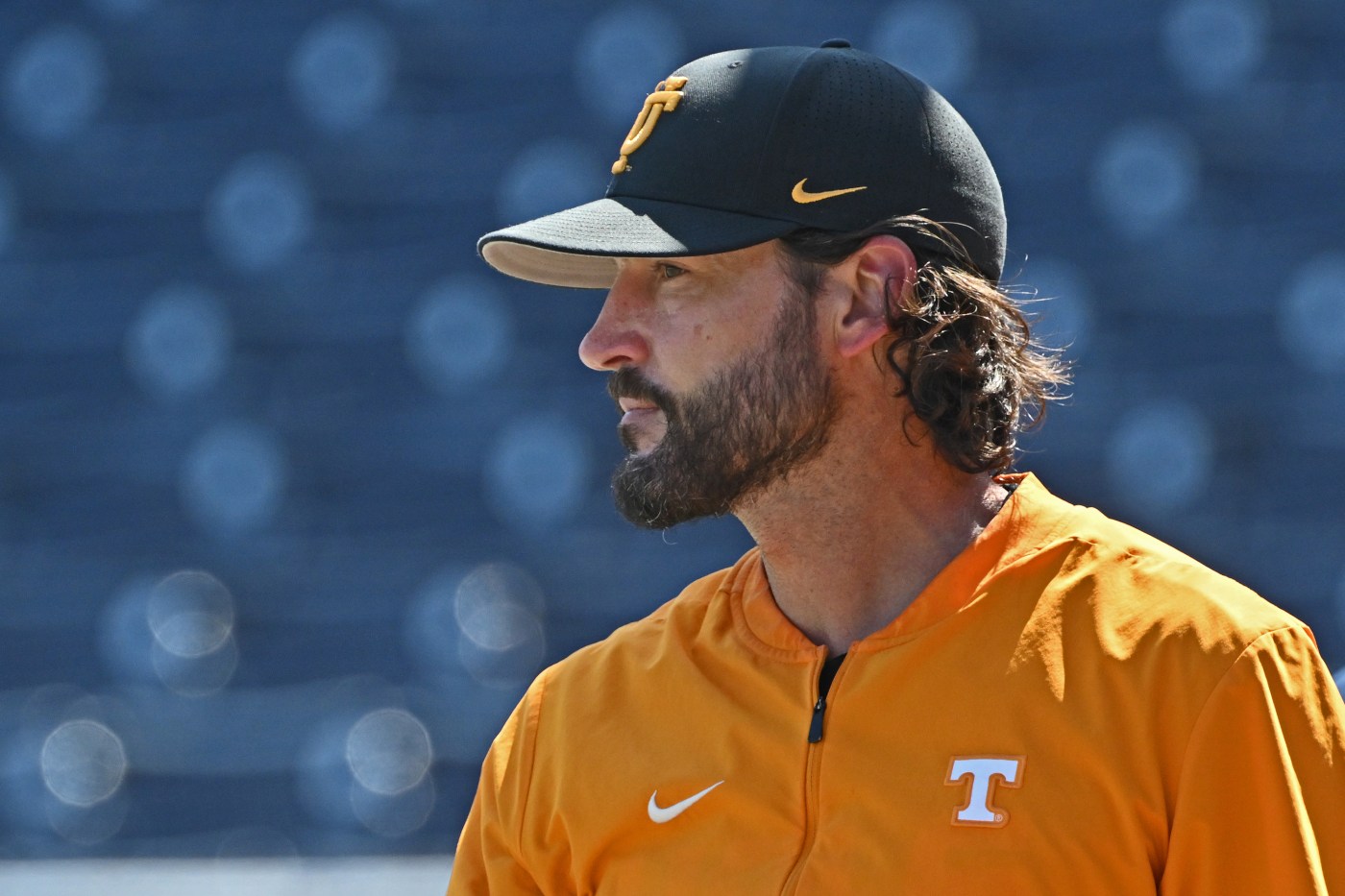All the tingling chatter about a possible 2028 presidential primary face-off between California’s two marquee Democrats — Gov. Gavin Newsom and former Vice President Kamala Harris — begs the next question: Does a California Democrat stand a chance of winning the White House?
No state has been more maligned by Republicans, especially by President Trump, than the golden one. Harris, in an abbreviated campaign where she was painted as a “radical California liberal,” lost to Trump in November by a narrow vote margin, but a sweep of red states.
And with every social media mention of Newsom — especially his acerbic posts mocking Trump — a flood of comments are posted follow blaming him for all of California’s ills, from San Francisco’s stubborn homeless problem to the devastating Los Angeles fires.
At a time when the country remains deeply divided between urban and rural voters, and Trump’s influence over the Republican party continues unabated, is California’s political baggage too heavy for both of them? Can their personal brands in a national campaign supersede the weighted label of a California Democrat to ultimately appeal to voters in the Heartland?
“They absolutely have a chance,” said Thad Kousser, UC San Diego political science professor. “Polls have consistently shown that they’re the two candidates on the top of people’s minds right now. Now that doesn’t mean that they’re the true favorites, but I think each is a political heavyweight who has a real opportunity here.”
Political science professor David McCuan of Sonoma State is not so sure.
“It’s hard to see a Californian winning the hearts and minds of voters in three key battlegrounds that you have to flip to win, which are Pennsylvania, Michigan, Wisconsin,” McCuan said. “Those three states have gone with the winner every presidential election together since 1992.”
So what’s it going to take?
“Lightning in a bottle,” McCuan said.
Neither Newsom nor Harris, longtime political allies who have both progressive and centrist bonafides, have committed to the 2028 race yet. Despite breathless news coverage about the possibility, their comments during weekend TV interviews barely moved the needle.
“Possibly,” Harris told the BBC when asked if she might be president one day. Although she hasn’t decided to run, she said, “I am not done. I have lived my entire career as a life of service and it’s in my bones.”
“I’d be lying otherwise,” Newsom told CBS Sunday Morning when asked whether he would seriously consider a presidential run after the 2026 midterm elections.
Nonetheless, the potential for a Golden State match-up between dueling political cousins presents interesting dynamics for both a Democratic presidential primary as well as the general election, should one of them get that far.
The political pathways of Harris and Newsom have largely mirrored each other since both were elected to political office in San Francisco in 2003 — Newsom as mayor and Harris as district attorney. Newsom, whose second term as California runs out at the start of 2027, has become a champion of redistricting Proposition 50. Harris advanced to state attorney general, U.S. senator and, under President Biden, vice president.
“It’s almost impossible to see a situation in which they both end up in competition,” said Dan Schnur, who teaches political communications at UC Berkeley and USC. “One of them would end up leaving the race fairly quickly. There’s not enough room for both.”
They each face separate challenges. Harris, who recently released her memoir “107 Days” explaining her failed presidential campaign, will have to convince voters why she deserves another chance.
“Democrats are going to want to make it very much a change election,” said Bill Whalen, a Hoover Institute distinguished policy fellow. “They’re going to want to find a shiny new object to rally behind. She is clearly not that.”
The challenge for Newsom, is that he might be peaking too early, he said.
Newsom has become Trump’s top antagonist, posting a barrage of social media messages trolling Trump about everything from the president’s White House ballroom to his girth. Along the way, Newsom has poked fun at himself, posing as superheroes.
Despite Newsom’s constant reminder that California is among the world’s largest economies, he will have a lot of explaining to do about the problems he hasn’t fixed in California, including high housing prices and some of the highest unemployment and poverty rates in the country.
“Newsom has all sorts of advantages coming into this race, most notably that he’s emerged as the party’s most forceful and most effective Trump critic,” Schnur said. “But it’s not hard to imagine one of his primary opponents running an ad with three seconds of grainy video of the Mission District in San Francisco with the caption, ‘this is Gavin Newsom’s California.’”
Despite the naysayers, and two-and-a-half year lag before the spring 2028 presidential primary season, both Harris and Newsom are running away with the top two spots for the Democratic primary — both above 20% of polling averages. Left in the single digits are former Secretary of Transportation Pete Buttigieg, U.S. Sen. Alexandria Ocasio-Cortez, Pennsylvania Gov. Josh Shapiro, Minnesota Gov. Tim Walz and and Illinois Gov. J.B. Pritzker.
Several polls are already taking the far-away contest one step further. Polymarket, which predicts election outcomes by combining news, polls and expert opinions into a value based on a market’s view, shows who would lead a contest between Newsom as the Democratic nominee and Republican Vice President J.D. Vance.
The projected winner? J.D. Vance, with a 29% chance of winning, compared with Newsom with a 23% chance.
As much as personality appears to rule the day — Trump is a New York billionaire developer whose bombastic style captured the souls of discontented rural Americans — the 2028 presidential race might come down to simple, timeworn economic forces.
In each of the last three elections, the economic models that studied where the economy was going and whether people wanted change all correctly predicted a Trump victory in 2016, a Biden victory in 2020 and a Trump re-election victory in 2024, said Kousser of UC San Diego.
“Candidates have to play the economic hand that they’re dealt,” Kousser said. “Voters may well want to see a change in the direction of the country in 2028 and turn to a Democrat, even if that Democrat is someone who comes with the baggage of being from California.”





